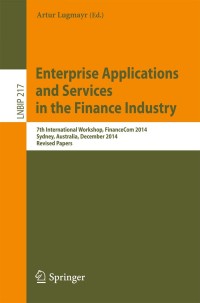Question
The light rail system is scheduled to be constructed using 30 year revenue bonds. Construction will begin in July of 2017, and the system will
The light rail system is scheduled to be constructed using 30 year revenue bonds. Construction will begin in July of 2017, and the system will be completed by the end of 2021. It will begin operation in January of 2022. The following represent relevant data that can be used to calculate costs and benefits:
-The total cost of constructing the light rail system is $450 million.
-The bonds would be issued in July of 2017, and the annual interest rate on the bonds will be 5%.
-Yearly operating cost is estimated at $13 million.
-All fares generated will go toward defraying the cost of construction and operating the system. The following represent estimates of ridership once the system is fully operational:
There will be 50,000 round trips per weekday, at a cost of $3.25 per round trip.
There will be a total of 30,000 additional night and weekend trips per week, at a cost of $2 per round trip.
-A special cent sales tax will be levied in the Seattle metropolitan area to support the new light rail system. Total retail sales in the area subject to this tax are estimated at $100 million per year. This tax takes effect at the beginning of 2017.
Toll Highway
The toll highway would also be constructed using 30 year revenue bonds. Construction would begin in January of 2017, and the highway would be completed by July of 2020, and would begin to be used at that point. The following are relevant cost and benefit data for the toll highway:
-Total construction cost would be $300 million.
-The bonds would be issued in January of 2017, and the annual interest rate on the bonds will be 5%.
-The yearly operating cost, for employing personnel to oversee the authority and to operate ticket booths, would be $8 million per year.
-Drivers would pay a toll of 50 cents each way for using the highway. This would increase to 80 cents each way for rush hour trips (6:30 to 9:30 AM and 3:30 to 6:30 PM weekdays). The following is an estimate of the number of (one way) trips on the toll highway:
-There would be 150,000 total rush hour trips per weekday.
-There would be an additional 150,000 trips per week during non-rush hour times.
TO DO:
The Governor has asked you to analyze these two projects and to present an analysis comparing them. The question that you are to focus on concerns the extent to which each project will generate sufficient revenue in order to justify the expenditure on that project. Your analysis should cover a 35 year period, beginning in January of 2017, and continuing through December 2052. The discount rate is 5 percent. Your analysis should recommend to the Governor which project should be funded.
Step by Step Solution
There are 3 Steps involved in it
Step: 1

Get Instant Access to Expert-Tailored Solutions
See step-by-step solutions with expert insights and AI powered tools for academic success
Step: 2

Step: 3

Ace Your Homework with AI
Get the answers you need in no time with our AI-driven, step-by-step assistance
Get Started


